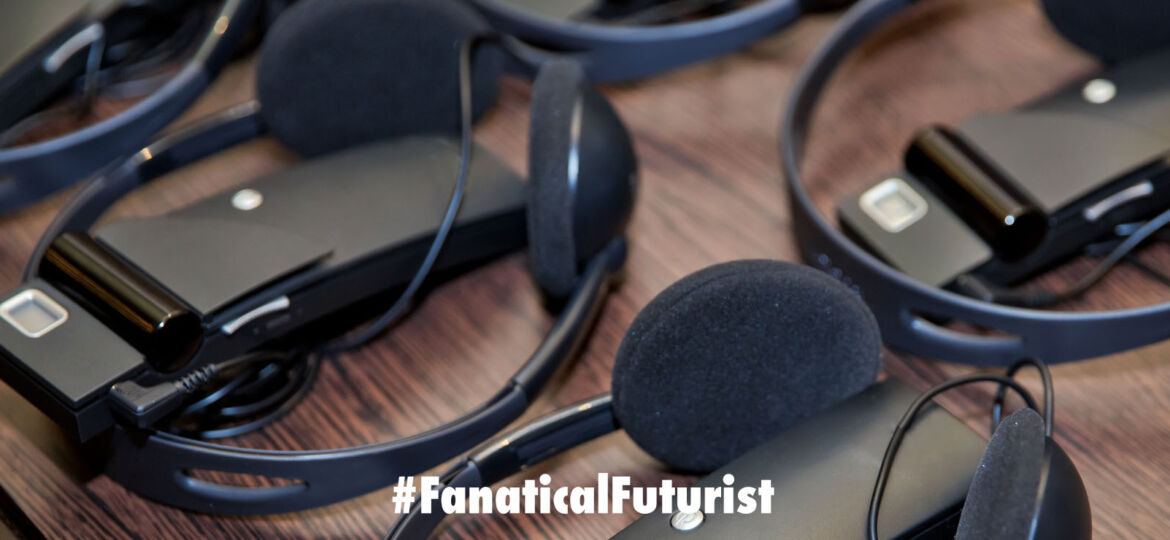
WHY THIS MATTERS IN BRIEF
One of society’s greatest challenges is the ability to simply talk with one another, but universal translators are getting closer to solving that issue.
 Interested in the Exponential Future? Connect, download a free E-Book, watch a keynote, or browse my blog.
Interested in the Exponential Future? Connect, download a free E-Book, watch a keynote, or browse my blog.
As Artificial Intelligence (AI) gets increasingly skilled in translating different languages, that even include dolphin and mice chatter, it’s becoming increasingly apparent that we’re getting closer to having a true universal translator in our pockets and ears. Now, taking another step towards that goal Google have announced that Google Assistant will soon be able to act as your real-life translator and translate over 44 different languages in real time via its new “interpreter mode” so you can hold conversations with someone who doesn’t share the same tongue. The full list is here, and it works, but it’s not magic.
You’ll be able to say things like, “Hey, Google, help me speak French,” or “Hey, Google, be my French interpreter,” and Google Assistant will show text across a smart display that translates your words as you speak. Afterward, it will open the microphone for the second person to be able to speak in their language and words will be translated across the screen at the same time. Google Assistant also plays back the words in your native tongue.

See it working
You don’t have to tell Google what language you’re speaking, as it will be able to tell, so long as it’s one of the languages supported. But if two people talk over each other, Google won’t understand.
I tried out the interpreter mode by playing it some Mandarin YouTube clips, and while it’s a pretty big improvement from not being able to understand a foreign language at all there are still some kinks that need to be worked out. It’s a little unnatural in practice, for example, you need to speak, wait for the translation to process, and repeat until your conversation is over. There’s even a chance that Google will simply miss some of your sentences. That process can be tiring for longer conversations.
Google Assistant has had bilingual capabilities since an update appeared in August, and that’s the same technology behind the new interpreter mode. This is far from Google’s first attempt at real-time translation — in addition to the Google Assistant’s multilingual feature, Google also incorporated a translation feature in the Pixel Buds in November 2017, which eventually began making its way to all headphones that support Google Assistant last October. But while the feature works, the translation can sometimes be rudimentary and imperfect.
The new interpreter mode still has time to get better, though. The mode will first arrive on the Google Home Hub and is being piloted at hotel concierge desks, and it should roll out on Google Home devices and third-party smart displays from Lenovo, LG, JBL, and others over the next few months.
















